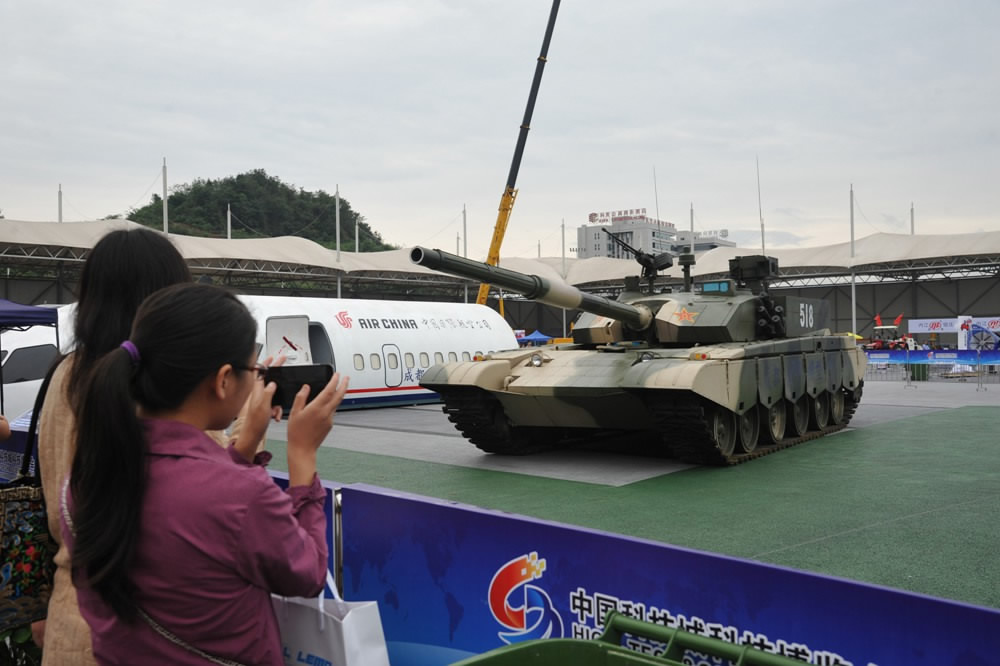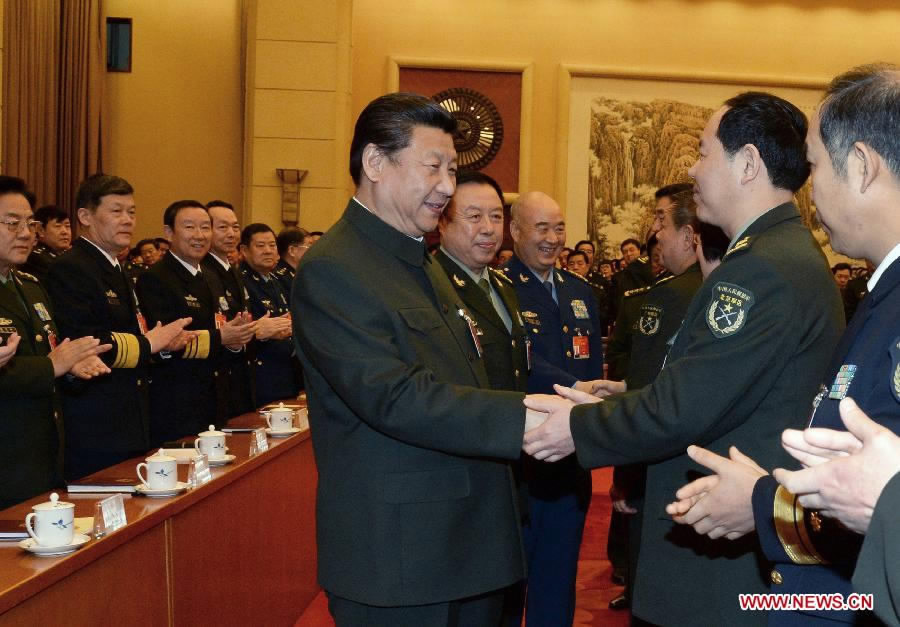The recent move to set up a Central Commission for Integrated Military and Civilian Development, headed by Chinese President Xi Jinping, has highlighted China’s determination to boost innovation and economic growth by applying advanced military technologies in civilian fields, according to experts.

An exhibition on civil-military integration opens in Mianyang, Sichuan Province, China on September 17, 2015. /CFP Photo
An exhibition on civil-military integration opens in Mianyang, Sichuan Province, China on September 17, 2015. /CFP Photo
The decision to establish the commission was made at a Sunday meeting of the Political Bureau of the Communist Party of China (CPC) Central Committee chaired by Xi, who is also general secretary of the CPC Central Committee and chairman of the CPC Central Military Commission.
The new commission will be the central agency tasked with decision-making, deliberation, and coordination of major issues regarding integrated military and civilian development.
“Over the years, China has put huge amounts of resources into the military industry and accumulated highly advanced technologies, as well as a vast number of talents,” Zhou Jinting, board chairman of Shanghai Hefu Group and a long-time observer of civil-military integration, told Xinhua. “However, the military industry has been a relatively closed field. Through civil-military integration, values in this originally closed field will be better exploited and made full use of, benefiting the economic development of the nation in return.”

The first naval culture theme park in China opens in Qingdao, Shandong Province on February 27, 2016. /CFP Photo
The first naval culture theme park in China opens in Qingdao, Shandong Province on February 27, 2016. /CFP Photo

The first naval culture theme park in China opens in Qingdao, Shandong Province on February 27, 2016. /CFP Photo
The first naval culture theme park in China opens in Qingdao, Shandong Province on February 27, 2016. /CFP Photo
In Zhou’s view, civil-military integration in China is still at its primary stage. “In the first five to ten years, the priority will be applying military technologies in the civil field, since our military technologies are more advanced than civil technologies in many areas,” he said. “As civil technologies grow stronger, they will be able to help with the military industry. Then the real civil-military integration will be realized.”
Huang Zhilong, director of the Macroeconomic Center of the Suning Institute of Finance, said in an interview with China’s Securities Daily that deep integration between groups in the military industry and civil enterprises could bring win-win outcomes and boost investment.
According to Xinhua News Agency, the capital market is also optimistic about the impact of civil-military integration. An analytical report by Huashang Fund Management Co., Ltd believes that the military industry may become the source of China’s technological innovation and a leading force for its economic growth. “There could be earthshaking changes in the next three to five years,” the report estimates.

Chinese President Xi Jinping, also general secretary of the CPC Central Committee and chairman of the CPC Central Military Commission, emphasizes the importance of civil-military integration when meeting with deputies to the 12th National People's Congress from the People's Liberation Army in Beijing on March 12, 2015. /Xinhua Photo
Chinese President Xi Jinping, also general secretary of the CPC Central Committee and chairman of the CPC Central Military Commission, emphasizes the importance of civil-military integration when meeting with deputies to the 12th National People's Congress from the People's Liberation Army in Beijing on March 12, 2015. /Xinhua Photo
Civil-military integration is a national strategy of China initiated by Xi in March 2015, when he called for further integration of military and civilian undertakings that could cover multiple areas and generate high returns.






